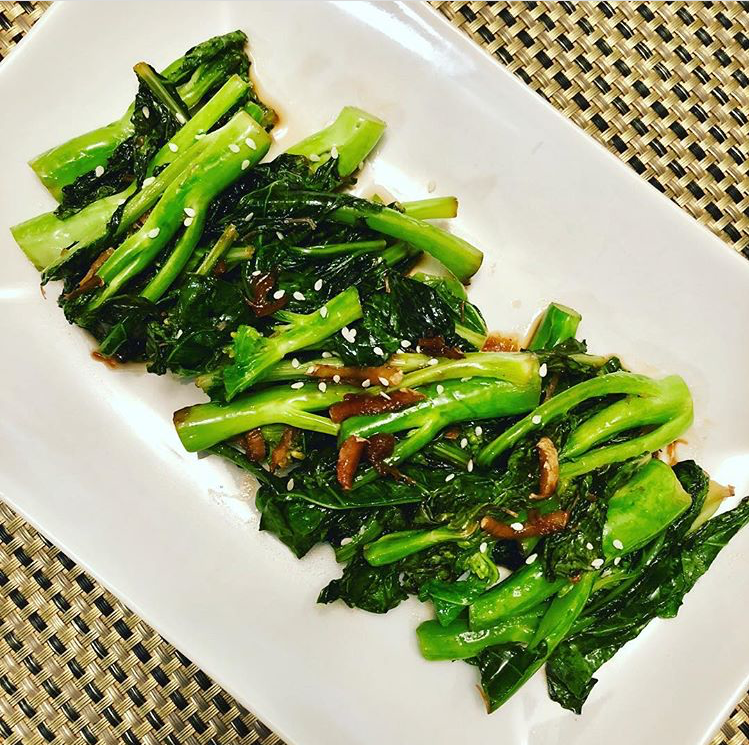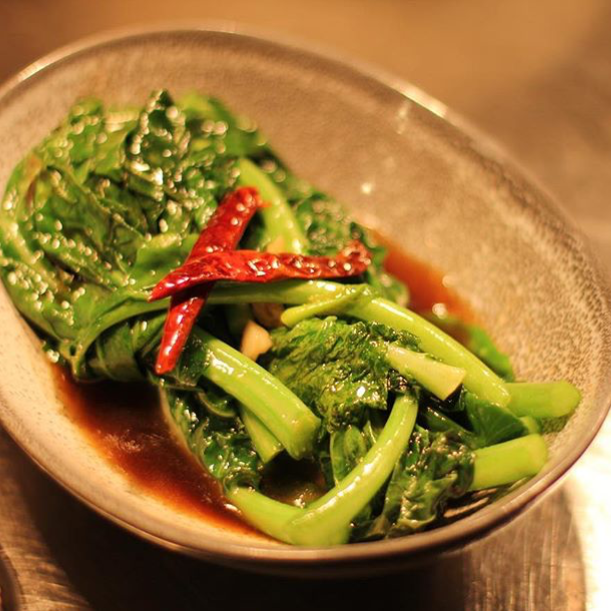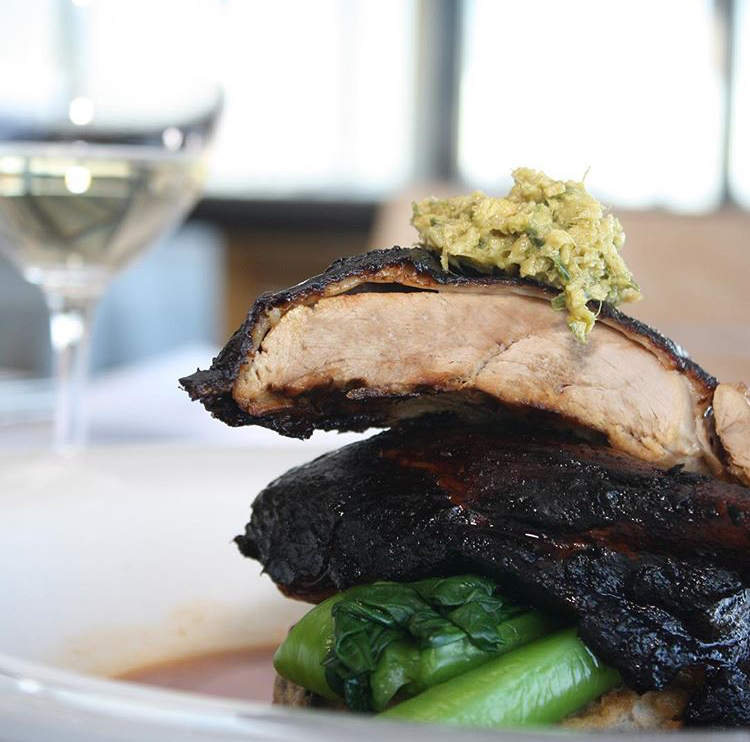Asian vegetables have been in New Zealand since the Chinese first settled here in the late 1800s. There are literally hundreds of varieties of Asian vegetables, but only some varieties reach consumers on a regular basis.
Choy is the Chinese word for any leafy vegetable. Asian greens have also been called cabbages – even though they don’t resemble Western cabbages. The names of Asian vegetables can be confusing as they are called different names in different areas of China.
Choy sum has pale yellow flowers on long thin green stems (15-20cm long) with small green leaves. It is available all year round. Prepare choy sum like broccoli using quick cooking methods. Use all parts of the stem, including the flowers. It is best to eat choy sum when the flowers are in bud rather than in full bloom.
Gaai Laan is also known as Chinese broccoli, Chinese sprouting broccoli and Chinese kale. Gaai Laan has long green stems (about 2cm in diameter and 20cm long), white flowers and green leaves which have a white haze on them. The flowers should be in bud rather than in full bloom. To prepare, chop the leaves roughly. Peel the stem to get rid of the fibrous layer and cut into evenly-sized pieces. Stir-frying or steaming are the most common cooking methods. It has a very strong broccoli flavour and can be used instead of broccoli – broccolini is a mix between Gaai Laan and broccoli.
When purchasing, Asian greens should be clean, fresh and crisp. Flowering varieties are best when in bud, rather than full bloom. Like other green leafy vegetables, Asian greens are highly perishable, so they need to be handled with extreme care. Buy small quantities regularly. Sprinkle with water to minimise moisture loss.
Most Asian vegetables are a good source of vitamins C and K and contain dietary fibre and potassium. Asian vegetables contain many phytonutrients including carotenoids, flavonoids and phenolic acids. Glucosinolates are present in brassicas such as Gaai Laan and bok choy.








